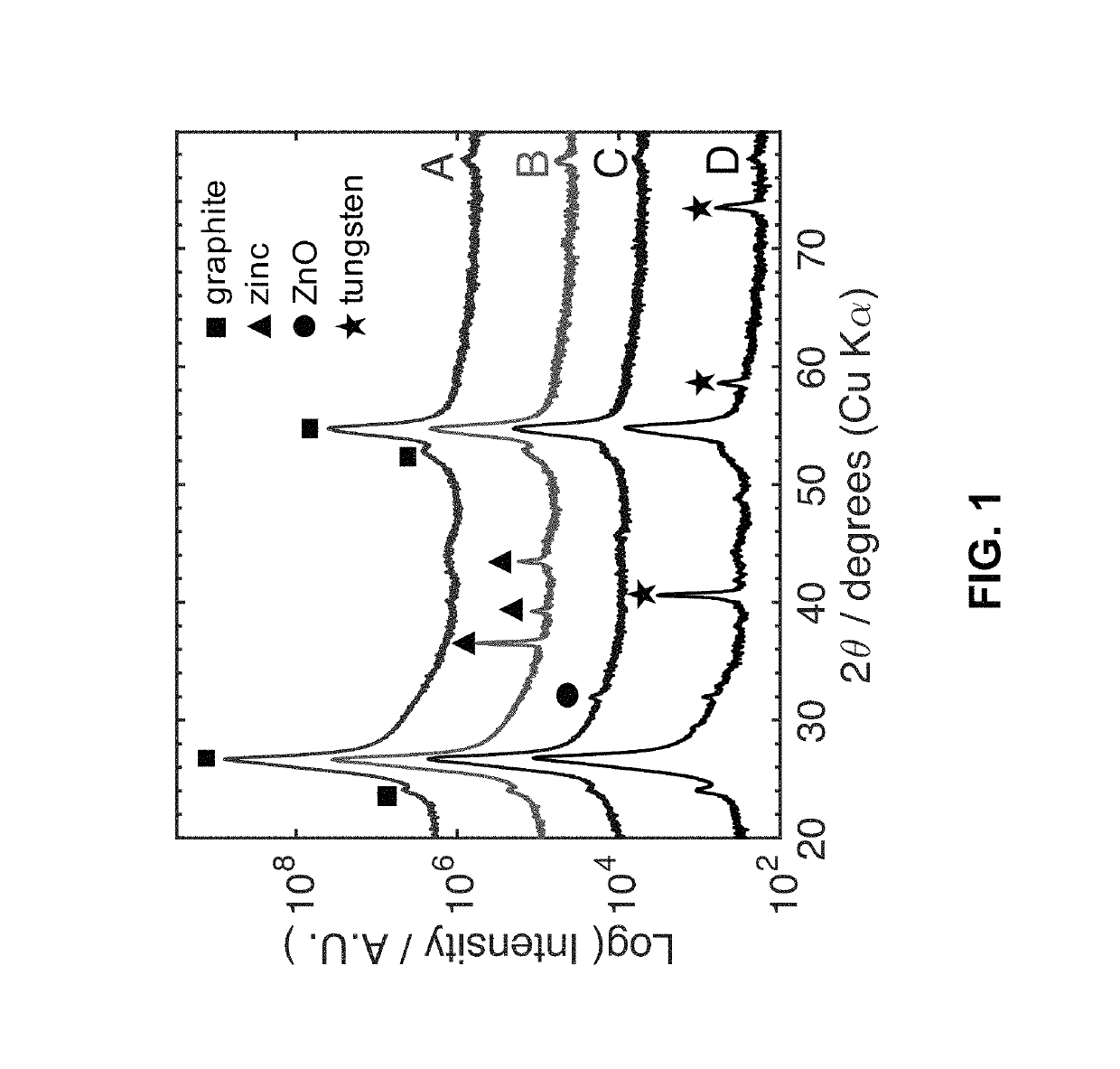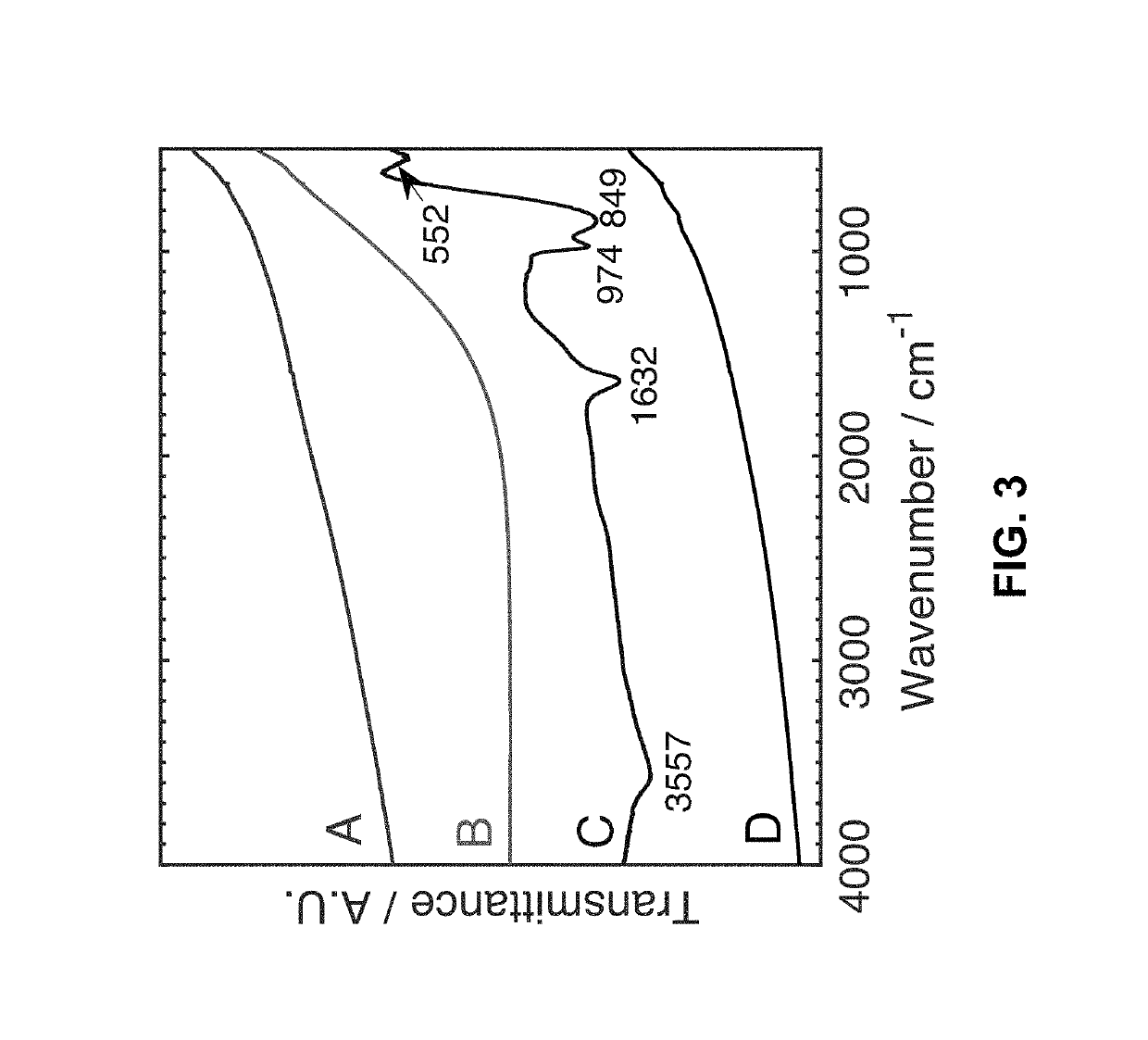Electroless process for depositing refractory metals
a refractory metal and electroless technology, applied in the field of metal deposition, can solve the problems of low deposition rate, inability to achieve electrochemical reduction of pure tungsten, and inability to achieve aqueous solutions, so as to reduce the resistance of electrode and electrochemical cell, improve the effect of voltage efficiency and reduce the separation of redox peak
- Summary
- Abstract
- Description
- Claims
- Application Information
AI Technical Summary
Benefits of technology
Problems solved by technology
Method used
Image
Examples
Embodiment Construction
[0015]The present invention is directed to a refractory metal electrodeposition process based on galvanic exchange, i.e. an immersion process. Immersion processes require a sacrificial coating possessing a relatively low electrochemical reduction potential. The coated substrate is then immersed in a solution containing tungsten ions with a higher reduction potential. Thermodynamics dictates that this sacrificial coating will be spontaneously oxidized into solution as the dissolved ions are reduced onto the substrate surface.
[0016]The steps of the electroless process for depositing a refractory metal of the present invention are shown in FIG. 8. The electroless process for depositing a refractory metal comprises depositing a sacrificial coating having an electrochemical reduction potential lower than the refractory metal on a surface of a substrate, as shown in step 10, and immersing the coated substrate in a nonaqueous solution containing dissolved refractory metal ions, whereby the...
PUM
| Property | Measurement | Unit |
|---|---|---|
| temperature | aaaaa | aaaaa |
| temperature | aaaaa | aaaaa |
| standard reduction potential | aaaaa | aaaaa |
Abstract
Description
Claims
Application Information
 Login to View More
Login to View More - R&D
- Intellectual Property
- Life Sciences
- Materials
- Tech Scout
- Unparalleled Data Quality
- Higher Quality Content
- 60% Fewer Hallucinations
Browse by: Latest US Patents, China's latest patents, Technical Efficacy Thesaurus, Application Domain, Technology Topic, Popular Technical Reports.
© 2025 PatSnap. All rights reserved.Legal|Privacy policy|Modern Slavery Act Transparency Statement|Sitemap|About US| Contact US: help@patsnap.com



